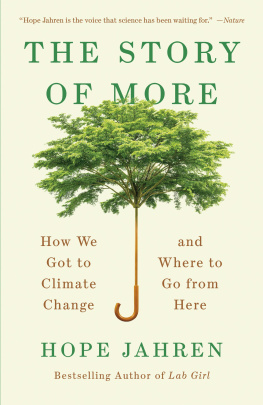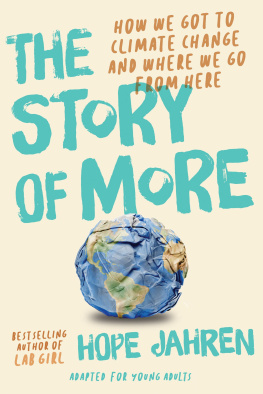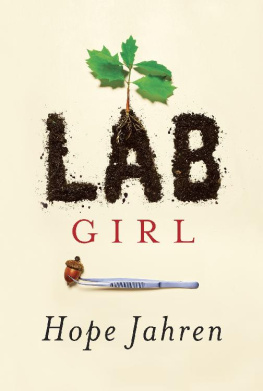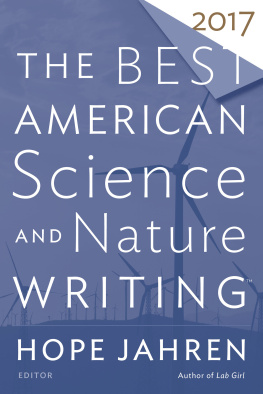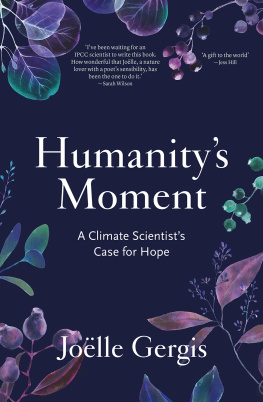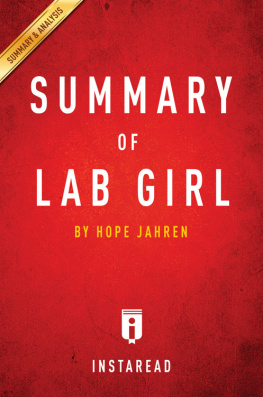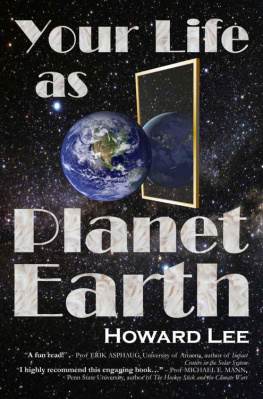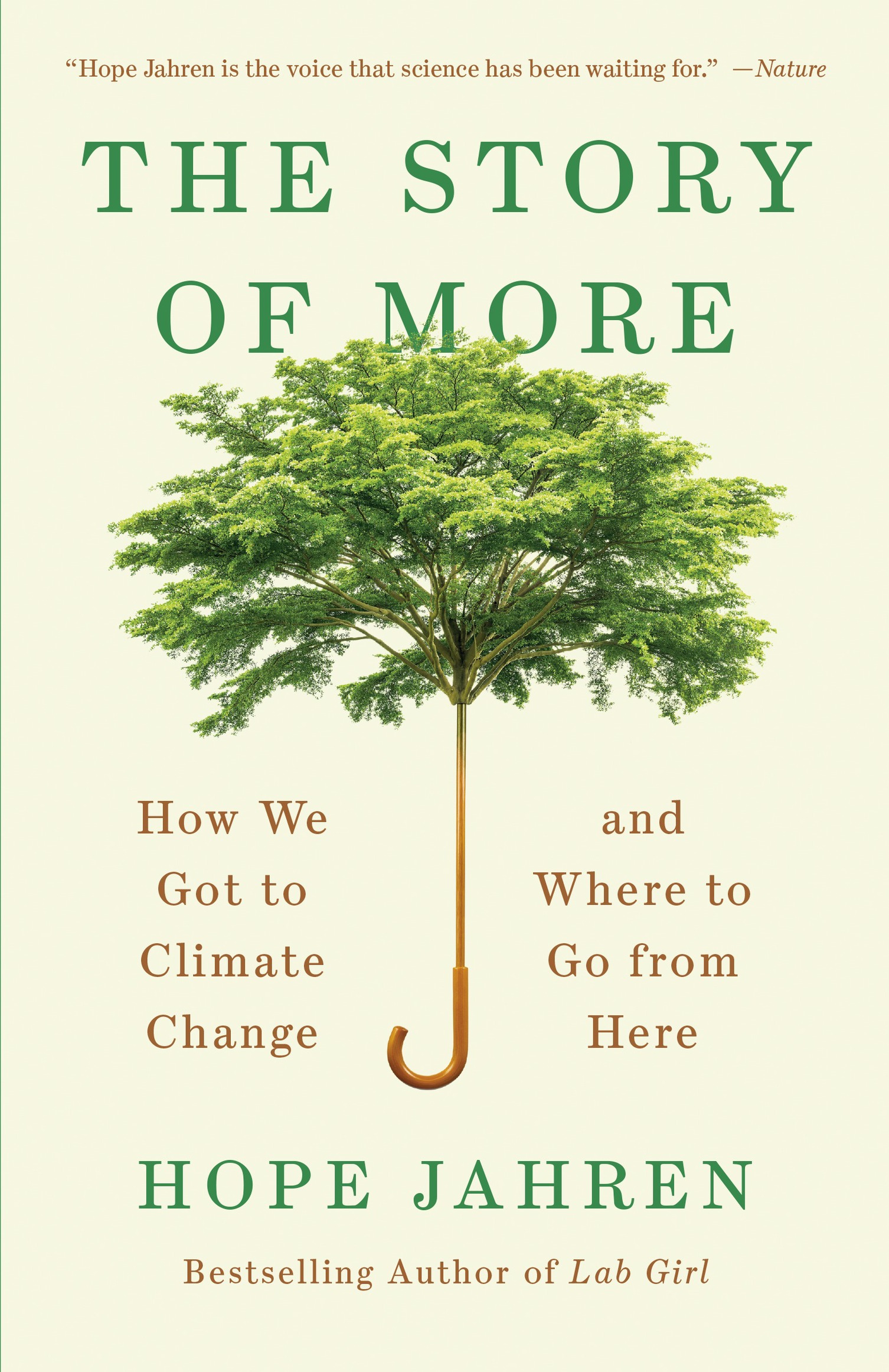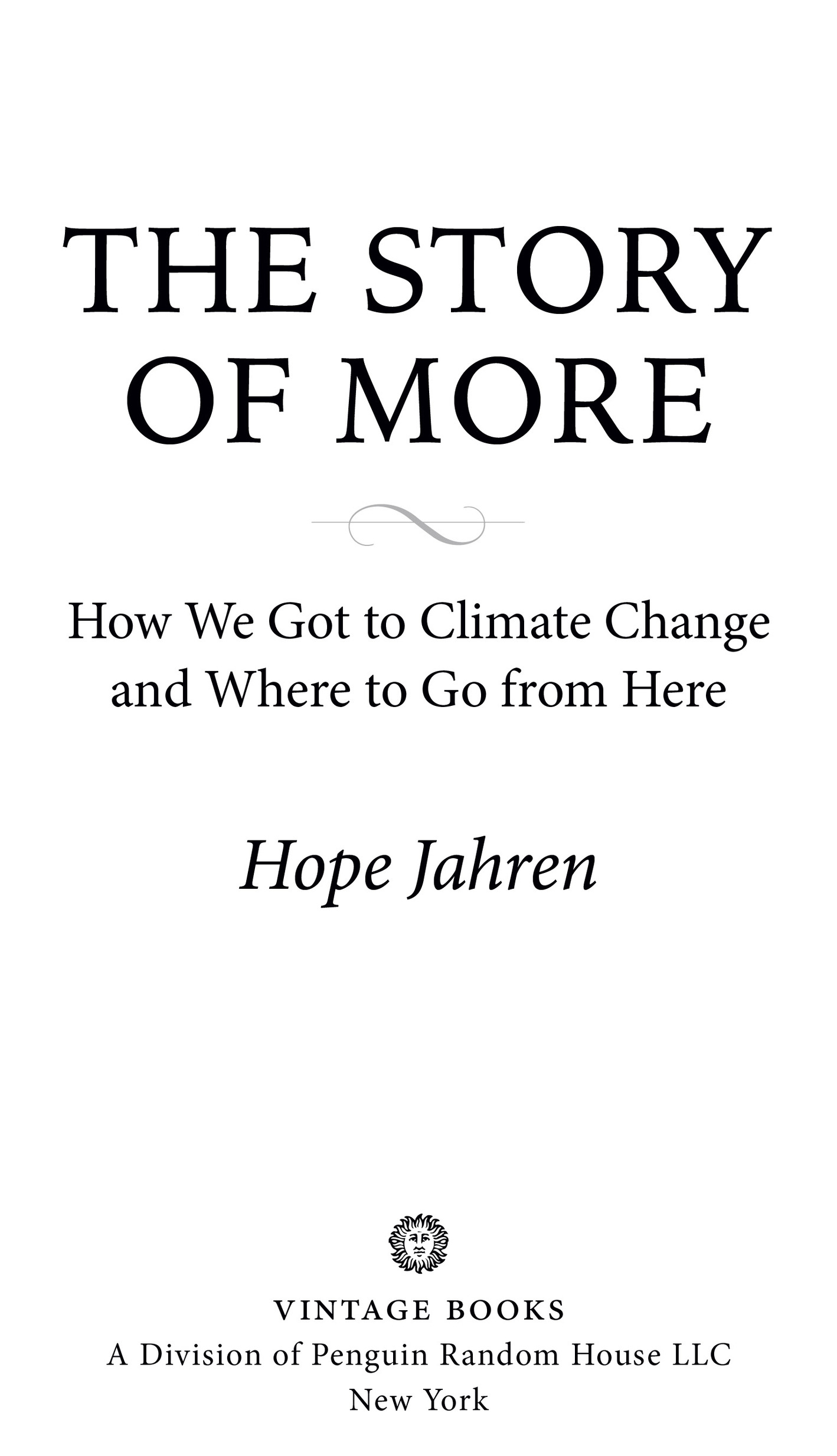The universe is change; our life is what our thoughts make it.
Marcus Aurelius Antoninus ( A.D. 121180)
1
Our Story Begins
The sun and solar energy. What a source of power! I hope we dont have to wait until oil and coal run out before we tackle that.
Thomas Edison to Henry Ford and Harvey Firestone (1931)
Important men have been arguing about global change since before I was born.
Almost ninety years ago, the guy who invented the light bulb urged renewable energy on the guy who invented the car and the guy who invented the tire. I imagine they nodded politely, finished their drinks, and went straight back to motorizing the planet. During the decades that followed, the Ford Motor Company manufactured and sold more than three hundred million motor vehicles that burned upward of ten billion barrels of oil and required a minimum of 1.2 billion tires, also partially made from oil.
But thats not all. Back in 1969, the Norwegian explorer Bernt Balchen noticed a thinning trend in the ice that covered the North Pole. He warned his colleagues that the Arctic Ocean was melting into an open sea and that this could change weather patterns such that farming would become impossible in North America ten to twenty years hence. TheNew York Times picked up the story, and Balchen was promptly shouted down by Walter Whittmann of the U.S. Navy, who had seen no evidence of thinning during his monthly airplane flights over the pole.
As is the case with most scientists most of the time, Balchen was both right and wrong in his claims. By 1999, the submarines that had been cruising the Arctic Ocean since the 1950s could clearly see that polar sea ice had thinned drastically during the twentieth centurythinned by almost half. Nevertheless, its been fifty years since Balchen graced the pages of the Times and American agriculture has yet to feel the full effect of any melting. Which, technically, means that Whittmann was also both wrong and right.
We shouldnt be surprised when scientists are wrong. All human beings are a lot better at describing what is happening than at predicting what will happen. Somewhere along the way, however, we began to hope that scientists were differentthat they could be right all the time. And because theyre not, we kind of stopped listening. By now were quite practiced at not listening to things scientists say over and over again.
For example, giving up fossil fuels is not a new suggestion. Starting in 1956, a geologist named M. King Hubbert who worked for Shell Oil started writing passionately about Americas need to embrace nuclear energy before our inevitable exhaustion of fossil fuels. Hubbert believed that mining uranium from the bedrock of Colorado was more sustainable than burning oil and coal, which he reckoned would hit peak production by the years 2000 and 2150, respectively. He was both wrong and right.
Lets go back to 1969 for a moment, back when Balchen was fighting with Whittmann and Hubbert was still on his soapbox. I dont remember 1969 personally, but, like every year, it was full of beginnings and endings, problems and solutions, equal to any that had gone before or have come since.
Most of the trees you see out your window were barely seeds in 1969. Wal-Mart Stores, Inc., was incorporated in 1969 and has since become the worlds largest private employer. Sesame Street premiered in 1969 and went on to teach millions of children how to count and spell. Big things started out as small things, then grew to change the world.
When the polluted Cuyahoga River caught fire in 1969, every single fish between Akron and Cleveland died, and Time magazines coverage led to the creation of the Environmental Protection Agency. That same year, an offshore oil platform disgorged more than one hundred thousand barrels of crude oil onto the beaches of Santa Barbara, California, killing every sea creature in its path and spurring the organization of Earth Day, which is now observed around the world.
Way up north, in Mower County, Minnesota, my parents werent paying attention, for I was one of the ten million babies born on September 27, 1969, and the last of their four children. The world would be different for this baby, my parents promised each other, and they made the ancient vow that all mothers and fathers make in the euphoria that follows a happy birth.
I would have all the love that my father could give and all the love that my mother should have been given. She will grow up free, my mother resolvedfree from hunger and from the shame of being taken by the county. My father, for his part, looked forward to a century of technologies that would save us all from sickness and want. Like the millions of couples who had come before them, and would come after, they looked at the world that they lived in and thought about the one that they wanted. Then my parents turned to each other, in love, and they named me Hope. And they were both right and wrong at the same time.

